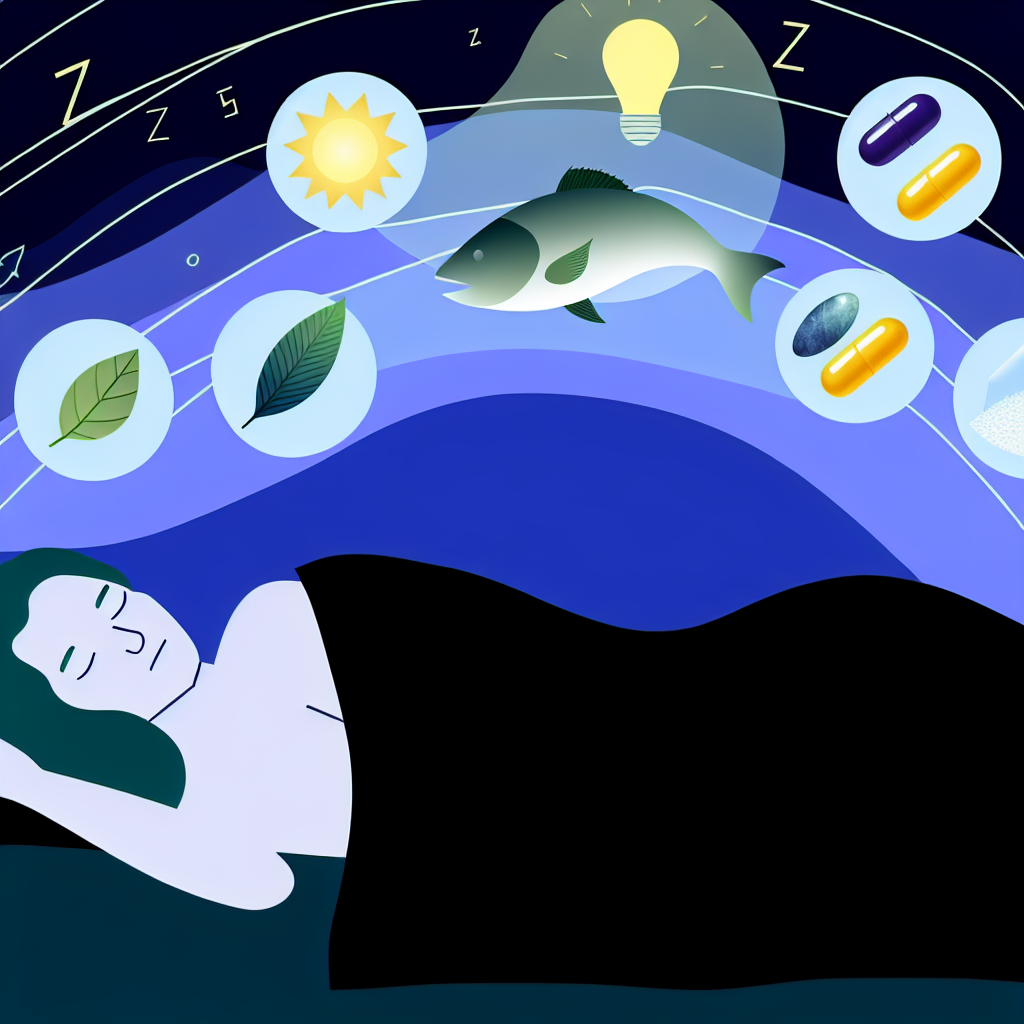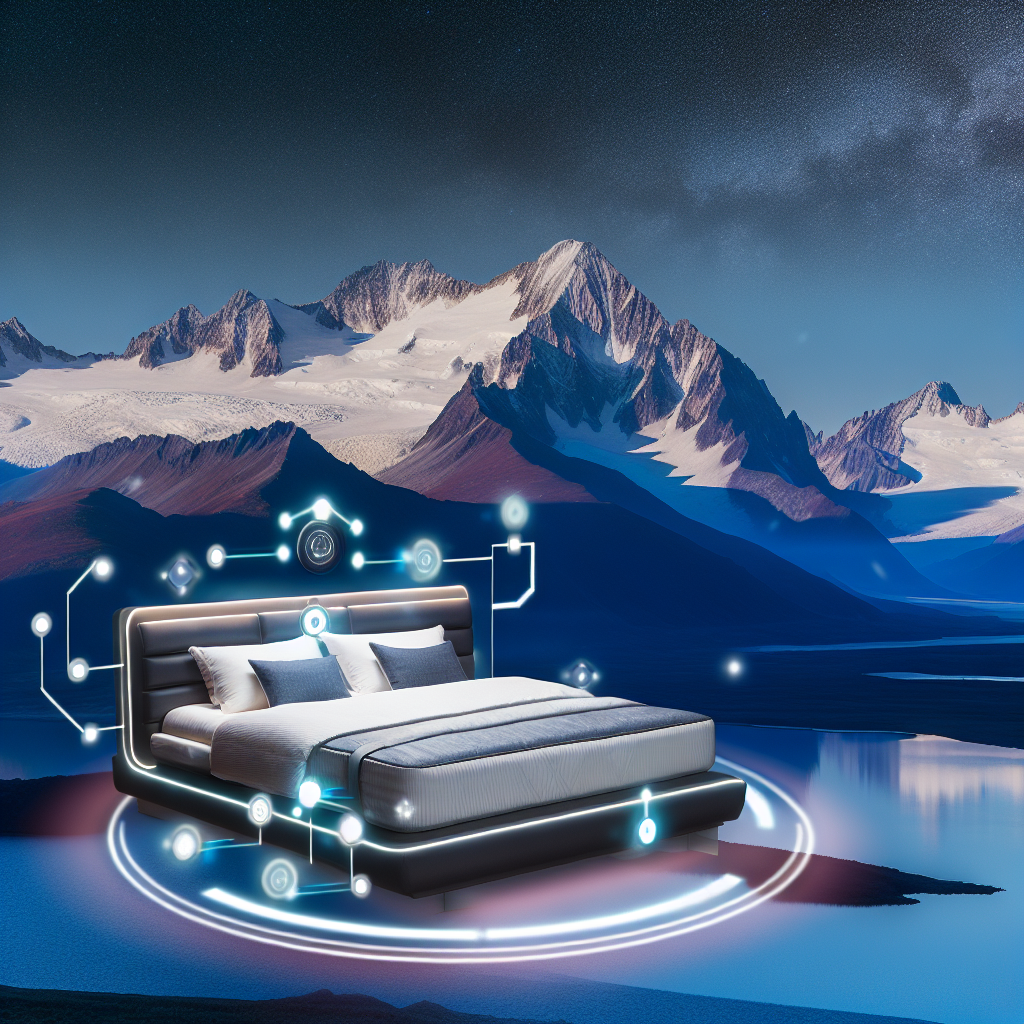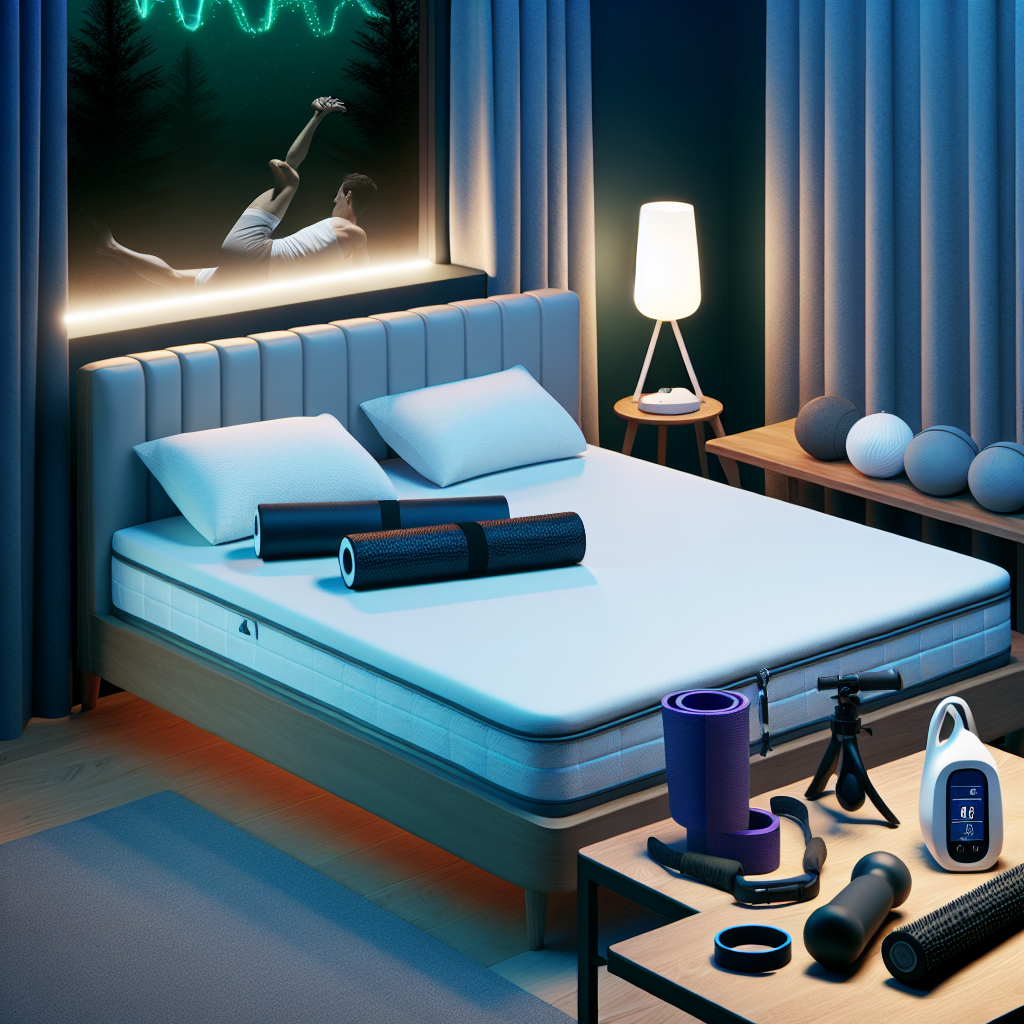Geomagnetism and Sleep Quality: Shielding Technologies for Sensitive Sleepers
Introduction: Can Geomagnetic Activity Disrupt Your Sleep?
Sleep is an essential component of overall well-being, influencing cognitive function, mental health, and immune system performance. While many factors such as light exposure, caffeine intake, and stress levels are widely recognized as affecting sleep, another lesser-known yet potentially significant influence is geomagnetic activity. Geomagnetism refers to the Earth’s inherent magnetic field, which fluctuates due to solar activity, environmental changes, and man-made electromagnetic fields (EMFs).
Sensitive sleepers—individuals who experience disturbed sleep due to minor environmental shifts—may find that geomagnetic variations contribute to insomnia, restless nights, and overall poor sleep quality. Emerging research suggests that geomagnetic disturbances, such as geomagnetic storms triggered by solar activity, may disrupt melatonin production, the hormone responsible for regulating sleep cycles.
Moreover, the increasing prevalence of electronic devices, smartphones, Wi-Fi routers, and cell towers has led to heightened exposure to artificial electromagnetic fields (EMFs). While scientific consensus on the exact impact of EMFs on sleep is still developing, some individuals report hypersensitivity to these disturbances, experiencing symptoms such as headaches, fatigue, and sleep difficulties.
Shielding technologies have emerged as a possible solution to mitigate the effects of geomagnetism and artificial electromagnetic interference. From special fabrics designed to block electromagnetic waves to Faraday shielding materials and sleep-friendly grounding mats, there are numerous effective strategies to improve sleep quality for sensitive individuals.
This article explores the relationship between geomagnetic activity and sleep quality, examines medical and scientific research supporting this connection, and provides an overview of shielding technologies available to improve sleep for sensitive individuals.
How Geomagnetic Activity Influences Sleep: Scientific Insights
Over the years, numerous studies have explored the connection between geomagnetic activity and sleep patterns. Research suggests that fluctuations in the Earth’s electromagnetic field can influence human neurophysiology, leading to changes in melatonin levels and sleep quality.
One notable study conducted by Burch et al. (1999) investigated the impact of geomagnetic disturbances on nocturnal melatonin excretion. The researchers discovered that higher geomagnetic activity was linked to reduced melatonin production among human participants. Since melatonin is essential for initiating and maintaining sleep, this finding suggests that geomagnetic fluctuations could significantly affect sleep quality. [Study Source](https://pubmed.ncbi.nlm.nih.gov/10070046/)
Another study by Rapoport et al. (2017) examined sleep patterns in relation to geomagnetic storms and found an increase in sleep disturbances during heightened geomagnetic activity. Participants reported frequent awakenings, poor sleep efficiency, and difficulty falling asleep. [Study Source](https://www.ncbi.nlm.nih.gov/pmc/articles/PMC5342256/)
Additionally, many individuals diagnosed with Electromagnetic Hypersensitivity (EHS) report experiencing headaches, dizziness, sleep disturbances, and fatigue when exposed to electromagnetic fields. Although still debated within the scientific community, studies suggest that reducing electromagnetic exposure—and even shielding against natural geomagnetic activity—can improve sleep quality for affected individuals.
Shielding Technologies: Solutions for Sensitive Sleepers
For those who experience sleep disturbances linked to geomagnetic activity or artificial EMFs, here are some effective options to improve sleep quality:
1. EMF-Blocking Bed Canopies: Sleep Under a Protective Shield
These bed canopies are made from conductive fabrics that create a Faraday cage-like effect, blocking electromagnetic fields while you sleep. Sensitive sleepers have reported deeper, uninterrupted rest in such a shielded environment.
2. Grounding Mats: Reconnect with the Earth for Better Rest
Grounding mats are conductive materials that help neutralize excess electrical charge in the body, promoting physiological balance and stabilizing circadian rhythms. Research suggests they may aid relaxation and improve sleep quality.
3. Harmonizing Devices: Balancing Electromagnetic Fields for Restful Sleep
Certain devices claim to emit counter-frequencies designed to neutralize the effects of EMFs and geomagnetic disturbances, thus facilitating better sleep. While more studies are needed, many users report positive results using these technologies.
4. Reducing Electronic Exposure Before Bedtime
Simple adjustments such as turning off Wi-Fi routers at night, putting smartphones in airplane mode, and keeping electronics away from the bed can help minimize EMF exposure before and during sleep.
5. Magnetically Shielded Bedrooms: Creating a Sleep-Friendly Haven
For those particularly sensitive to geomagnetic influences, specially designed sleeping environments can significantly improve rest. Shielding paint, EMF-blocking curtains, and grounding techniques can turn a bedroom into a more sleep-conducive space.
While individual responses vary, experimenting with these techniques may help sensitive sleepers identify optimal solutions for better rest and relaxation.
Conclusion: Taking Control of Your Sleep Environment
Although scientific research on the connection between geomagnetism and sleep is still evolving, preliminary evidence suggests that fluctuations in the Earth’s magnetic field—and increased exposure to artificial EMFs—can disrupt sleep quality in sensitive individuals.
As sleep health is vital for cognitive function, emotional well-being, and immune system support, understanding and mitigating sleep disturbances linked to geomagnetism becomes crucial. For those experiencing unexplained sleep problems, integrating shielding technologies such as EMF-blocking canopies, grounding mats, or shielded bedrooms may provide substantial relief.
Additionally, adopting better sleep practices—such as reducing nighttime electronic exposure and staying informed about geomagnetic activity—can further enhance sleep quality.
As research continues, the intersection of geomagnetism, sleep, and shielding technologies presents an exciting frontier with great potential for improving sleep health. By combining both scientific insights and practical solutions, individuals can take proactive steps toward experiencing deeper, more restorative rest.
**Summary:**
This article explores the relationship between geomagnetism, electromagnetic fields, and sleep quality, highlighting how sensitive individuals may experience sleep disturbances due to fluctuations in the Earth’s magnetic field and increased exposure to artificial electromagnetic interference. It examines scientific research supporting this connection and provides an overview of effective shielding technologies, such as EMF-blocking bed canopies, grounding mats, and shielded bedrooms, that can help improve sleep for those affected by these environmental factors.
**References:**
– Burch, J. B., Reif, J. S., Yost, M. G., & Keefe, T. J. (1999). Nocturnal Excretion of a Urinary Melatonin Metabolite Among Electric Utility Workers. [PubMed.gov](https://pubmed.ncbi.nlm.nih.gov/10070046/)
– Rapoport, S. I., Shepovalnikov, A. N., & Gorgo, Y. P. (2017). Geomagnetic Storms and Human Sleep: The Effect of Disturbances in the Earth’s Magnetic Field on Sleep Parameters. [NCBI.gov](https://www.ncbi.nlm.nih.gov/pmc/articles/PMC5342256/)
– Chevalier, G., Mori, K., & Oschman, J. L. (2006). The Effect of Grounding on Cortisol Levels and Sleep. [NCBI.gov](https://www.ncbi.nlm.nih.gov/pmc/articles/PMC3265077/)

Dominic E. is a passionate filmmaker navigating the exciting intersection of art and science. By day, he delves into the complexities of the human body as a full-time medical writer, meticulously translating intricate medical concepts into accessible and engaging narratives. By night, he explores the boundless realm of cinematic storytelling, crafting narratives that evoke emotion and challenge perspectives.
Film Student and Full-time Medical Writer for ContentVendor.com




